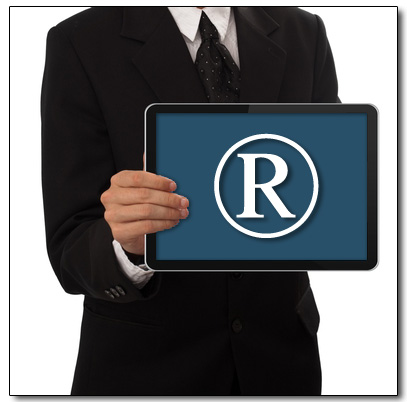Trademark cases are one type of case that lends itself well to the use of graphics. That may seem obvious since in most such cases, the object under dispute is a trademark – something that is itself often an item of graphic design, or at the very least a word or phrase that is easy to visualize. So one would expect that courtroom visuals would help jurors a great deal in trademark cases.
This analysis is true to some extent, in that the litigation team will wish to introduce the trademarks into evidence so that the jury can look at them and often see some obvious similarities or differences from other marks.
However, that is not usually where the analysis ends. Trademark law can be surprisingly complex and doesn’t always follow common-sense rules. Trademark trials can turn on esoteric concepts like reverse confusion, a mark that is found to be “deceptively misdescriptive,” and similar ideas.
David C. Hilliard, a name partner at Pattishall McAuliffe, Newbury, Hilliard & Geraldson, a top Chicago-based intellectual property law firm, has written that for a trial in which BASF was defending its right to use the trademark “Galaxy” for its herbicide [link is PDF], he had planned to use an effective courtroom graphic. He wrote, “For the BASF trial, we had prepared a display board that showed there were 220 Galaxy companies in existence in the midwestern United States. It was strong support for our argument that one more wouldn't infringe plaintiff's rights any more than the other 220 did.” As it happened, the graphic was not introduced into evidence, but Hilliard would certainly have introduced it under other circumstances.
In the same article, Hilliard noted that in a case involving infringement of a potato chip packaging trademark, “In Frito Lay v. Bachman, we used a visual display which featured admissions during discovery by Bachman's president of intentional trademark infringement.
Q: Were you concerned that [your] package would be confused by the public with the more popular RUFFLES package?
A: Some would confuse it with one that looks like it, yes.”
Similarly, at A2L Consulting, we used the graphic below to show that under any circumstance, the existence of a cheap knock-off brand would not cause post-sale confusion and would thus not have a significant market effect on a high-end company.
In the graphic below, we illustrated the principle that the customers of dining establishments, bars, and hotels overlap and that the infringement of a trademark for one of those types of businesses could lead to unfair competition with a trademark for another of these types of businesses, thus causing consumer confusion in the marketplace.







Leave a Comment